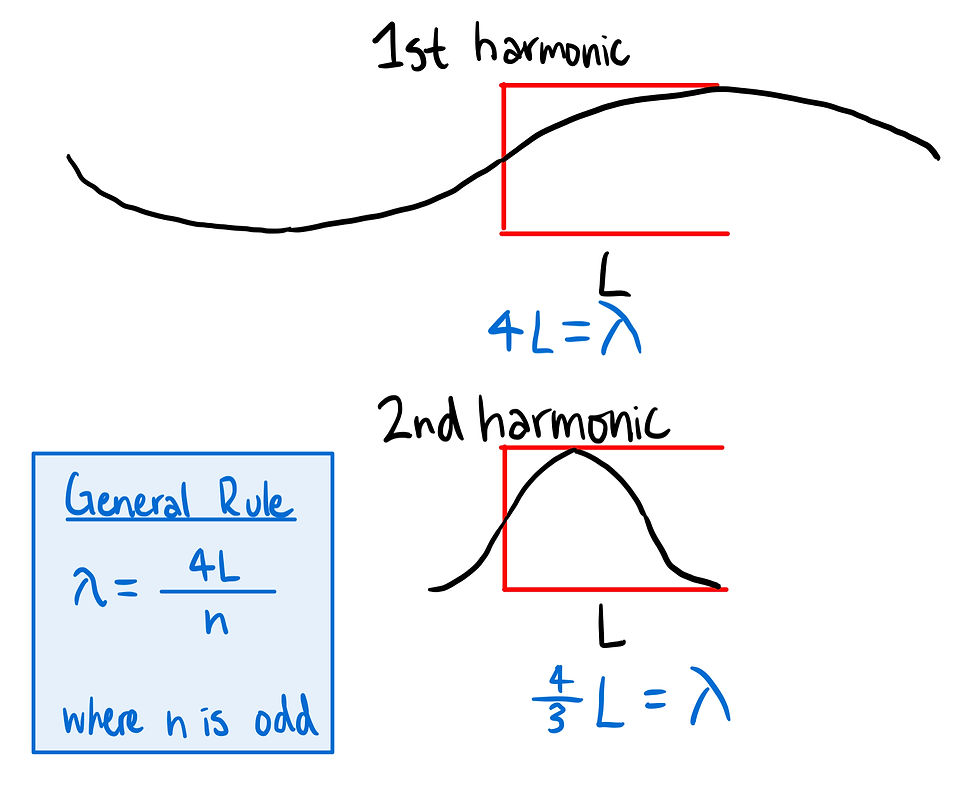PhysicsBowl 2018 Q14
- keshprad

- Mar 18, 2020
- 1 min read
14) This question poses three situations where identical blocks are pulled across a surface. We are told that a force F is applied to all blocks, but each block has different frictional forces acting on it. Based on the provided information, let's draw force diagrams for each block.

Since all blocks are identical, they will have the same mass. We can tell that since block 1 has the greatest net force, it must also have the greatest acceleration. Since block 1 has the greatest acceleration, it will reach the endpoint first; therefore block 1 will travel the shortest time.
Both block 2 and block 3 have a net force of the same magnitude, thus they will have an equal acceleration. Since they both have the same initial conditions and magnitude of acceleration, they will both reach the endpoint at the same time.
Many people make a mistake by taking into account the static friction acting on block 3. However, it is important to remember that static friction only applies when the block is at rest. Although block 3 is initially at rest, as the timer is started, and the applied force F acts on block 3, the static friction is instantaneously overcome and the object starts moving with kinetic friction opposing the motion.
Answer: C




Comments